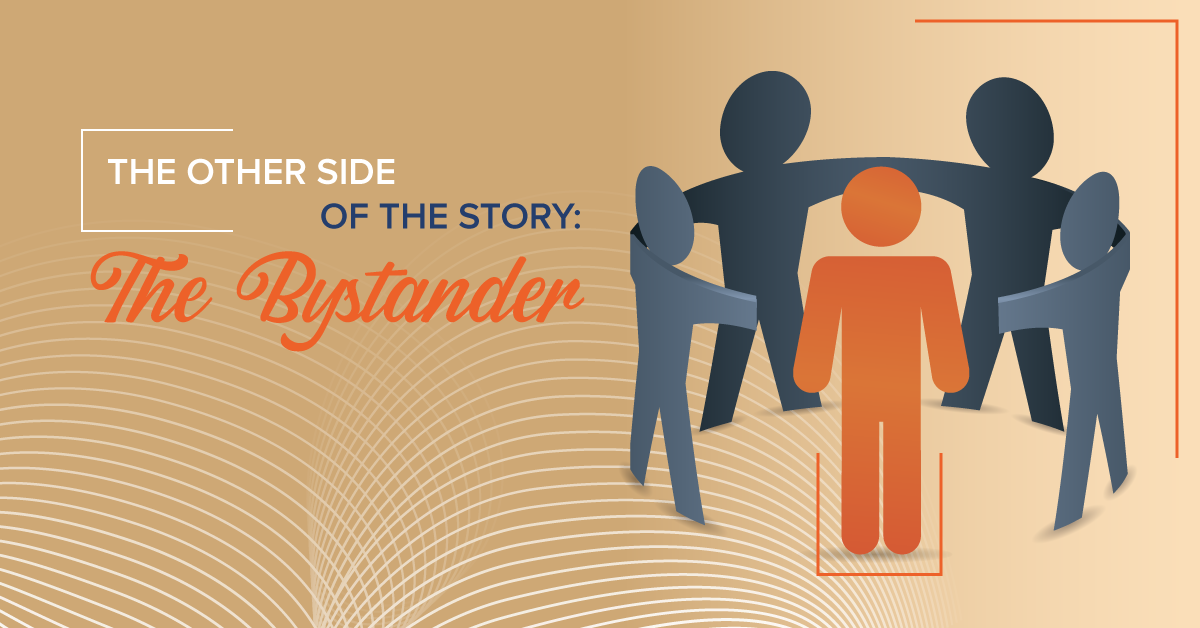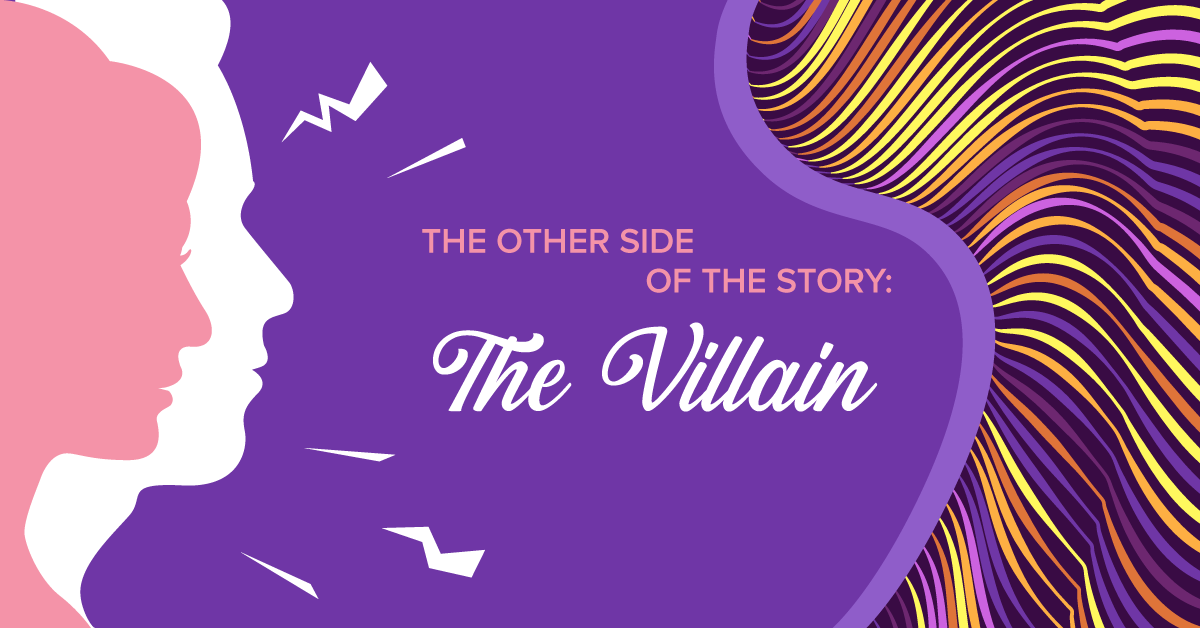There exists in everyone the potential for good or evil. Laramie Dean's adaptation of Dracula asks the question: How much would it take to bring out the darkness inside of you?
The Other Side of the Story: The Bystander
Welcome to part three of Theatrefolk’s The Other Side of the Story series! We’ve written about exploring the perspectives of the villain and the best friend. Today’s post brings into focus a character, or group of characters, that are even further out of the spotlight: the bystanders. These people fill out the world of the story and make it more realistic (those classrooms, towns, malls, and streets won’t fill themselves!), miming conversations and laughter, listening intently to the scene going on, and providing reactions while not pulling focus from the action going on — but these characters often don’t have lines or even unique names.
In the world of theatre, this is your ensemble. Teachers who have a mandate to include everyone who auditions in shows are aware of the challenges of having to find places for every single student — it’s not uncommon to see hordes of dancers, townspeople, serving staff, cheerleaders, tourists, employees, and even people playing animals or fish depending on the show you’re producing.
Regardless of the amount of people you have playing these parts, the role of the ensemble is key when you’re building the world within a play. It’s important to ensure that your students understand these roles and know that they’re important (and that they’re not just filling space). The following exercises will help students explore ensemble characters, breathe life into them, and gain a deeper appreciation for these smaller, yet vital, characters. The exercises can be completed individually, with a partner, or in small groups.
1. Discuss with students:
- Are bystander characters important? Why or why not?
- What purpose do they serve in a show?
- What if we didn’t have them? How would the story be different? How would the actual show be different? (For example, without an ensemble, a show would have fewer jobs for working actors.)
- Have you watched a play, musical, tv show, or movie where a bystander character caught your attention? What did they do? Do you think this helped or hindered your audience experience?
2. Go through the dramatis personae (character list) of a show you are currently studying (or a play you have on hand with a large cast). Identify one of the minor characters — for example, someone who only appears in one scene, someone who only has a few lines, or someone without a specific name (such as “Man” or “Waitress” or “Townsperson”). Write a character profile for that character. Give them a personality, a backstory, and a name if they don’t have one. The 20 Character Profile Questions would be helpful for this.
3. Select a scene from a play you are studying, and write a monologue or scene from the perspective of one of the minor or unnamed characters, giving their account of an incident that occurred while they were onstage. Think about what information they would know, or not know. Do they know the lead characters? If so, what do they think of them? If they don’t know the characters, or the situation, how would they describe what’s going on? (A random fish passing by in The Little Mermaid might be utterly confused when all the sea creatures start to sing “Under the Sea” — who is this mermaid everyone is looking at, and why is everyone singing?)
4. Shows like Rosencrantz and Guildenstern Are Dead by Tom Stoppard and Puffs, or Seven Increasingly Eventful Years at a Certain School of Magic and Magic by Matt Cox are interesting examples of bystander characters becoming the leads in their own shows. In these examples, the former is a retelling of Shakespeare’s Hamlet from the perspectives of two minor characters in the show, and the latter is a comedic retelling of the Harry Potter book series from the perspective of one of the less featured Hogwarts houses. In the film world, The Lion King 1 ½ retells Simba’s story from Timon and Pumbaa’s perspective (it has even been compared to Rosencrantz and Guildenstern!). What are some plays, movies, books, or television shows that could have an interesting spin-off featuring a bystander character? Choose one and write an elevator pitch describing the show, the bystander character who would become the featured character, and what direction the show would take.
5. For a full class challenge, have students select a well-known story and tell as much of the story as they can from the perspective of the bystanders, or even different groups of bystanders. For example, students might create their version of The Wizard of Oz from the perspectives of the Munchkins, the Apple Trees, the Citizens of Oz (remember that line spoken by an Ozian citizen: “Dorothy? Who’s Dorothy?”), the Winkies (the Wicked Witch’s guards), and the Flying Monkeys. Start by dividing students into groups, assign each group a bystander (or group of bystanders), and give them a set amount of time to come up with an outline of what information the bystanders would know, what they wouldn’t know, and how they might react to the incidents that occurred in the original scene. From there, students can create scenes that put the bystanders into the featured roles.



